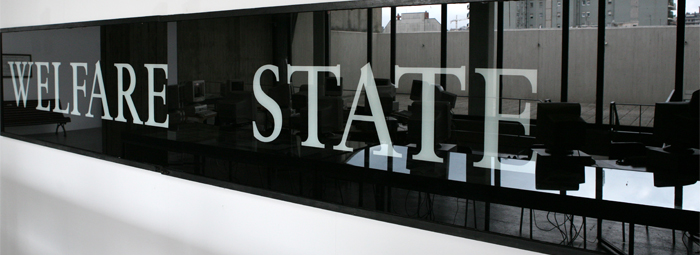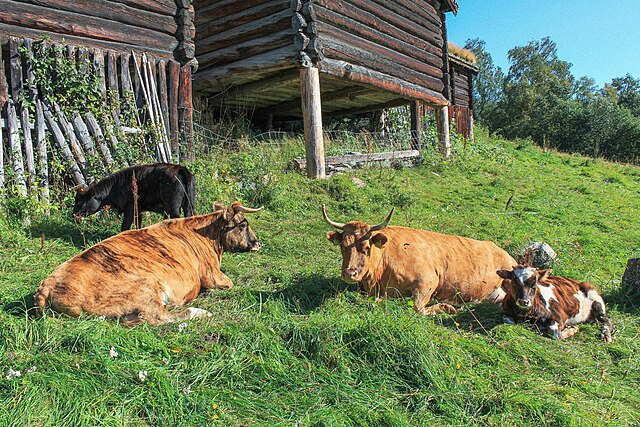I en artikkel i Ny Teknikk nr. 12, 2012, s. 92, omtales en ny rapport fra folkehelseinstituttet, som er bekymret for den økende bruken av giftbekjempning mot maur i grunnisolasjon, særlig i forhold til barn. Bruken av insektmidler til skadedyrbekjempelse i bygningsmasse har doblet seg de siste ti årene.
Folkehelseinstituttet konkluderer med at den eneste trygge isolasjonen mot maurinvasjon i grunnisolasjonen er
Foamglas, mens Isopor er verstingen. Men alle typer skumplastisolasjonsprodukter er meget utsatt. Aller mest utsatt er rom som i tillegg har varmekabler, da kombinasjonen av Isopor og varmekabler skaper et paradis for stokkmaur og sukkermaur. I verste fall kan disse ødelegge bæringsevnen til isolasjonen. Dette er særlig ille der det er benyttet trykksterke skumplastplater under bærevegger.
Ny Teknikk skriver:
Stokkmaur kan også gnage seg gjennom trekonstruksjoner. I begge polystyrenproduktene (EPS/XPS), deriblant isopor, gnagde maurene raskt ganger, og de etablerte reir. Foamglas forble urørt av stokkmauren. Kombinasjonen av varmekabler og myke isolasjonsmaterialer gir et perfekt bosted for maur.
Foamglas er en svensk produsent av skumglass, i Norge har man Glasopor, men de leverer kun som løsfyllisolasjon. Merk at Foamglas har cirka 2,5 ganger bedre isolasjonsevne enn Glasopor løsisolasjon, som har lik isolasjonsevne med Leca. Både Lecakuler og Glasopor må komprimeres, men Glasopor har den fordelen at den blir mer sammenpakket i ettertid. Dette er særlig viktig ved utbedringer av rør, da Lecakuler vil strømme til hvis man en gang skulle utbedre rør i grunn, slik at bæringen under betongsåla vil svikte.
En ringmur vil trolig kunne minske tilgangen for maur til isolasjonen under betongsåla.
 |
| I dette bygget er benyttet lecakuler, også i baderommet i bakkant. Komprimert glasopor ville vært å foretrekke i baderomsdelen, da lecakuler vil miste understøttingen under betongsåla ved utbedring av rørsystem. Dessverre ble det benyttet et 5 cm lag styrofoam på toppen av lecakulene for badet. På kontordelen, nærmest, ble det kun lagt et tynt betonglag uten armeringsjern, hvor det ble lagt tilfarergulv ovenpå, en god løsning. På baderommet burde det først vært benyttet komprimert glasopor med et lag foamglas på toppen, da plater av foamglas isolerer like bra som isopor. Merk også at det er benyttet lecablokker i bæreveggen. |

















December 19th, 2012 at 2:50 am
thanks for the reply, and much to ponder here in both your original and extended comments.
January 23rd, 2013 at 12:42 pm
“Well observed, Jens Andreas. As you know we have in our book “The Biological Human Being” sketched out a possible way to overcome these problems which arise in huge communities, to play on these properties which arise in close relations (generosity, cooperation, control over corruption etc.). We call it In-Group Democracy, it means among others democratic control of production and distribution. A combination of the self-owner democracy of the right and the true goal of environment movements and the left: Justice, distribution, sustainability and a safe future.”